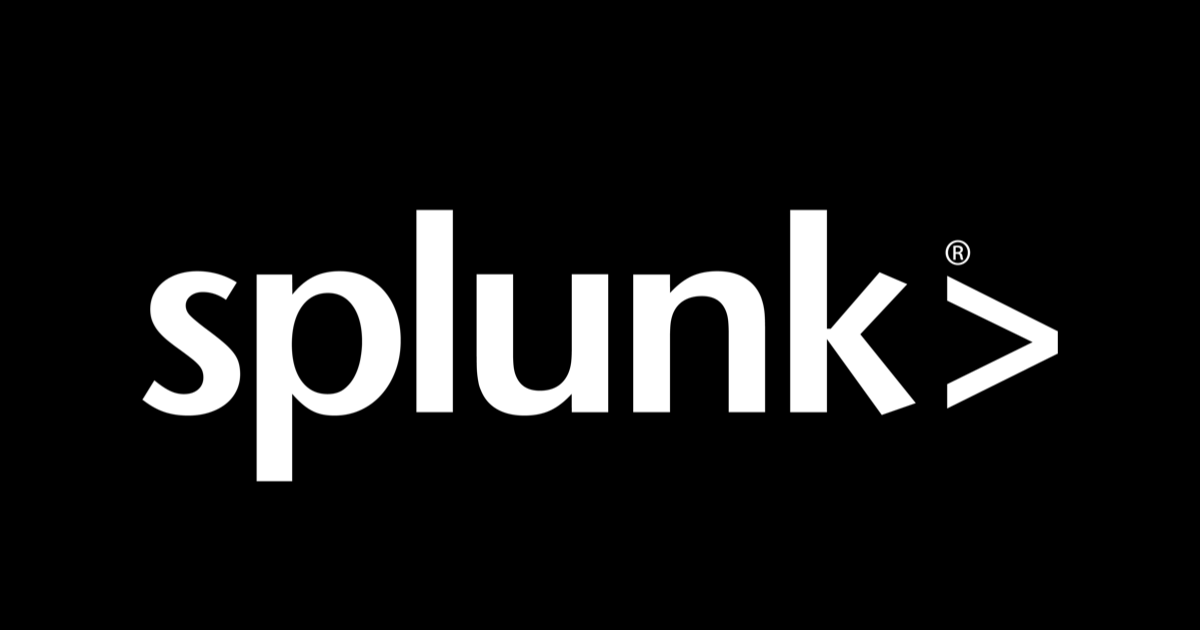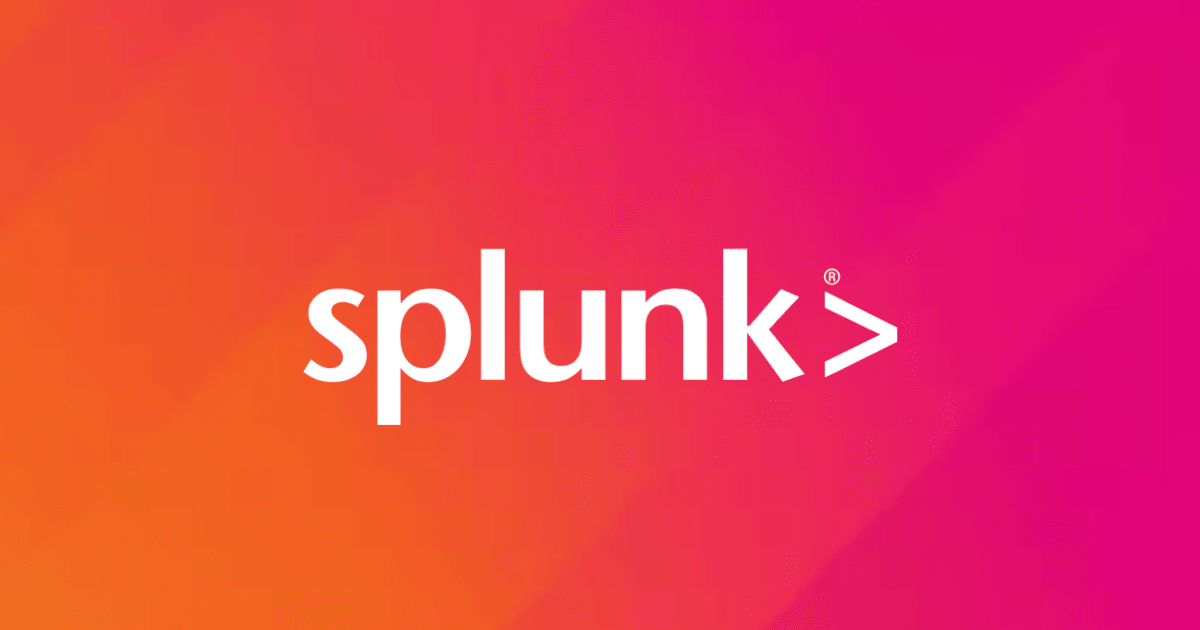
Splunk Webinar: Exploring the Vital Need for Observability
Introduction
Hemanth from the Alliance Department here. This time, I would like to share on splunk webinar: exploring need of observability. It delves deep into the reasons why observability is critical practice for IT and engineering teams.
Speaker for the Session
Patrick Lin, SVP and GM, Observability at Splunk
The Recession-Resistant Power of Observability:
Observability is more than just a set of tools for monitoring IT infrastructure. It's a comprehensive approach that empowers teams to understand how their applications and infrastructure are performing, troubleshoot issues quickly, and proactively identify potential problems before they impact users. Even in an economic downturn, organizations won't cut back on observability – they'll optimize it to gain even more value.
Observability Beyond Cloud-Centricity:
While observability is particularly relevant for cloud-native architectures like microservices and containers, it's not limited to them. Organizations with hybrid environments, running both on-premises and cloud infrastructure, also require robust observability practices to ensure seamless operation and visibility across their entire IT landscape. Splunk has been at the forefront of observability for years, providing solutions to diverse IT environments and needs.
The Role of AI in Democratizing Observability:
One of the biggest challenges in observability is the ability to effectively query and analyze data to identify root causes. This is where AI and machine learning come in. By automating tasks like anomaly detection and generating insights, AI can remove barriers and empower everyone, regardless of their technical expertise, to gain valuable insights from their IT systems.
Breaking Down Silos with Holistic Observability:
Modern IT environments are often characterized by data silos, making it difficult to get a holistic view of what's happening. Splunk's observability platform bridges these silos, providing a unified view of on-premises, cloud, and third-party applications, empowering teams to diagnose issues faster and more effectively.
What to Look for in an Observability Solution:
When choosing an observability solution, there are several key factors to consider. Patrick Lin emphasizes the importance of:
Complete business visibility:
Look for a solution that goes beyond just logs, metrics, and traces, and provides a unified view of your entire IT ecosystem.
Faster problem detection and resolution:
The solution should empower you to identify and fix issues quickly and efficiently.
Data control and optimization:
Choose a solution that offers flexible data ingestion and processing capabilities to optimize costs and ensure efficient data usage.
Openness and integration:
Look for a solution that integrates seamlessly with your existing tools and technologies.
Reducing Stress During Major Incidents:
A robust observability platform can significantly reduce stress for IT engineers during major incidents. By providing a shared foundation for data and eliminating confusion caused by disparate tools, teams can collaborate more effectively, diagnose issues faster, and minimize downtime.
Key Hurdles and Overcoming Them:
While the data platform, analytical capabilities, and built-in visibility are crucial, successful implementation requires buy-in from people and process integration. Establishing a center of excellence or a shared team focused on observability can overcome these hurdles and ensure its successful adoption.
Data Management: Getting Better, but Still a Challenge:
Managing the cost of storing large amounts of observability data can be a challenge. Splunk's metrics pipeline management allows you to filter and aggregate data based on usage, optimizing storage costs and ensuring efficient data utilization.
Choosing the Right Observability Path:
When embarking on your observability journey, start by adopting open telemetry standards for unified data collection. Leverage Splunk's out-of-the-box capabilities and gradually customize dashboards and metrics as needed. By building your observability practice incrementally, you can ensure long term success.





